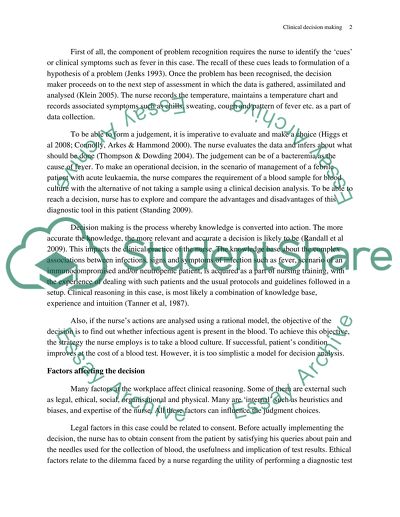Cite this document
(“Clinical decision making (not to take blood cultures from a febrile Essay”, n.d.)
Retrieved from https://studentshare.org/nursing/1598031-clinical-decision-making-not-to-take-blood-cultures-from-a-febrile-patient
Retrieved from https://studentshare.org/nursing/1598031-clinical-decision-making-not-to-take-blood-cultures-from-a-febrile-patient
(Clinical Decision Making (not to Take Blood Cultures from a Febrile Essay)
https://studentshare.org/nursing/1598031-clinical-decision-making-not-to-take-blood-cultures-from-a-febrile-patient.
https://studentshare.org/nursing/1598031-clinical-decision-making-not-to-take-blood-cultures-from-a-febrile-patient.
“Clinical Decision Making (not to Take Blood Cultures from a Febrile Essay”, n.d. https://studentshare.org/nursing/1598031-clinical-decision-making-not-to-take-blood-cultures-from-a-febrile-patient.


